

Engage prospects with a scan and streamline customer engagement with FREE QR code marketing tools by Sona – no strings attached!
Create a Free QR CodeFree consultation

No commitment

Engage prospects with a scan and streamline customer engagement with FREE QR code marketing tools by Sona – no strings attached!
Create a Free QR CodeFree consultation

No commitment
In today’s digitally driven hospitality landscape, QR codes have quickly advanced from a curiosity to an operational cornerstone for Japanese restaurants. Amid the industry’s sharp pivot toward efficiency, many establishments struggle to identify which guests are high-value or likely to return, missing opportunities to truly connect or personalize each interaction. As both customer preferences and industry demands evolve, these quick response codes now serve as vital links between diners' analog experiences and modern, efficient digital touchpoints, especially in accelerating ordering and payments.
From family-run izakayas to finely curated omakase counters, Japanese restaurants are seeking ways to uphold their rich tradition of hospitality while also enhancing convenience and safety. Owners often find themselves frustrated by a lack of visibility into guests’ intent or engagement, which can limit upsell or follow-up efforts. The adoption of QR code technology helps bridge this gap, enabling streamlined menu access, ordering, and payment, all without diminishing the carefully crafted ambiance or cultural experience these venues are known for.
Leveraging QR code solutions unlocks new efficiencies and delivers measurable improvements in both customer satisfaction and operational outcomes for Japanese restaurants. By surfacing guest behaviors that would otherwise remain hidden, such as menu choices or order timing, staff gain insight into which diners to re-engage, allowing for more targeted, meaningful service. Here is how QR technology can be implemented strategically to optimize service, boost engagement, and drive growth.
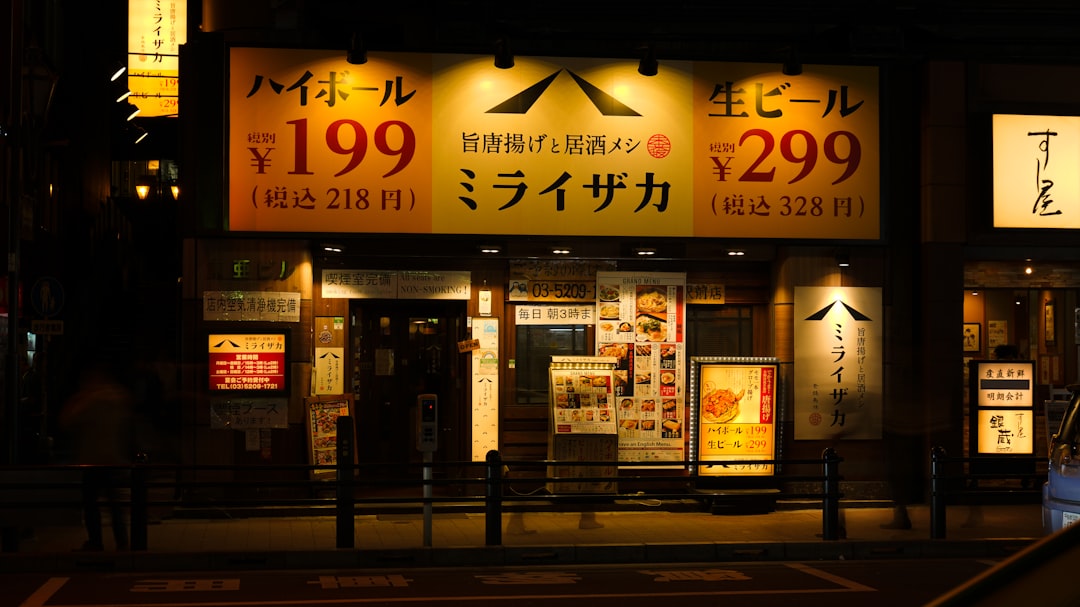
QR codes bridge the gap between the unique offline dining atmosphere of Japanese restaurants and the technical sophistication expected by modern guests. Without seamless ordering flows, restaurants risk extended wait times and incomplete data on guest preferences, which can mean missing out on high-value repeat business. By embracing QR technology, Japanese dining establishments can replace dated processes such as physical menus and paper order forms with dynamic, interactive menu systems, reducing wait times and enhancing the overall customer journey.
When implemented with intention, QR code systems can reduce friction at multiple points: from seat-to-order time to payment, from staff handoffs to post-meal feedback. They also open the door to better data and smarter marketing. Sona QR supports this transformation end to end with dynamic codes, device-aware links, campaign tracking, and CRM integrations that turn every scan into an actionable signal.
With a comprehensive QR solution, every step, from code generation to performance tracking, can be managed seamlessly. That reduces operational friction, lightens staff workload, and allows teams to focus on omotenashi: delivering authentic hospitality that makes guests feel genuinely cared for.
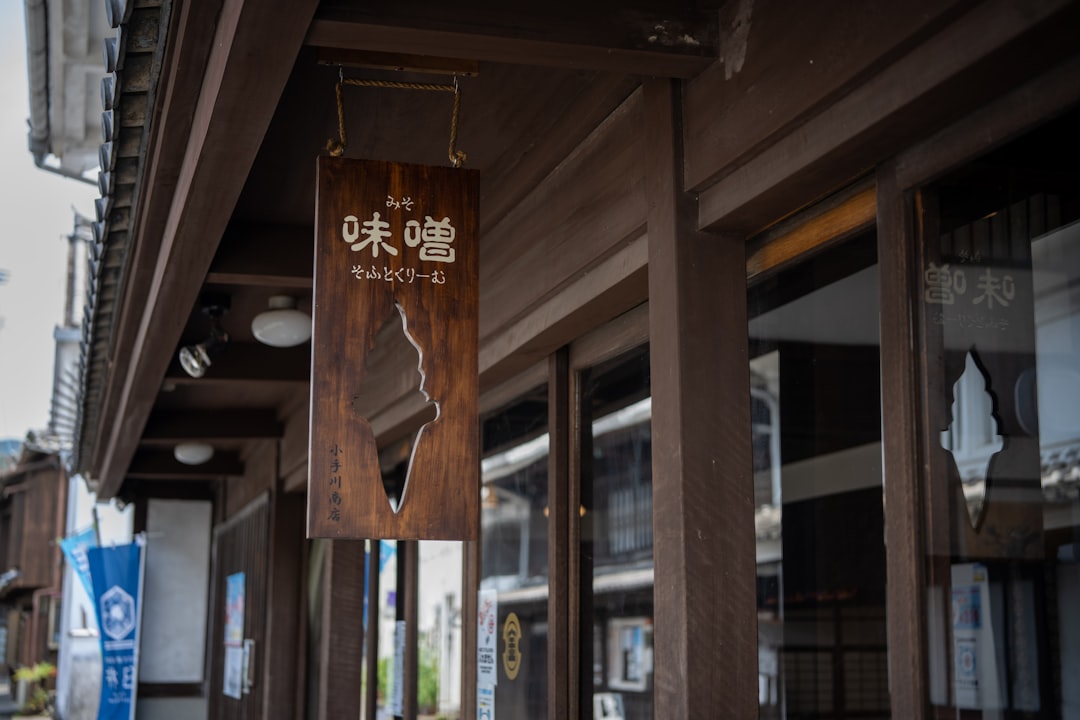
Japanese restaurants must balance centuries-old culinary traditions with modern expectations for speed, simplicity, and transparency. Anonymous foot traffic and opaque guest journeys often lead to missed upsells, underused specials, and limited follow-up opportunities. QR codes elegantly address these challenges without forcing guests to download an app or wait for a server to return.
They also offer a flexible canvas that adapts to different formats of Japanese dining. Whether the environment is a ramen shop with a fast-casual model or a meticulously choreographed kaiseki experience, QR codes allow guests to act immediately while giving operators a new layer of measurable insight.
These benefits are especially relevant in Japanese restaurants where precision and hospitality define the experience. By pairing efficiency with insight, modern QR systems preserve the soul of the dining ritual while improving outcomes that matter to the business. The Essential Guide to Offline Attribution explains how to measure these touchpoints.
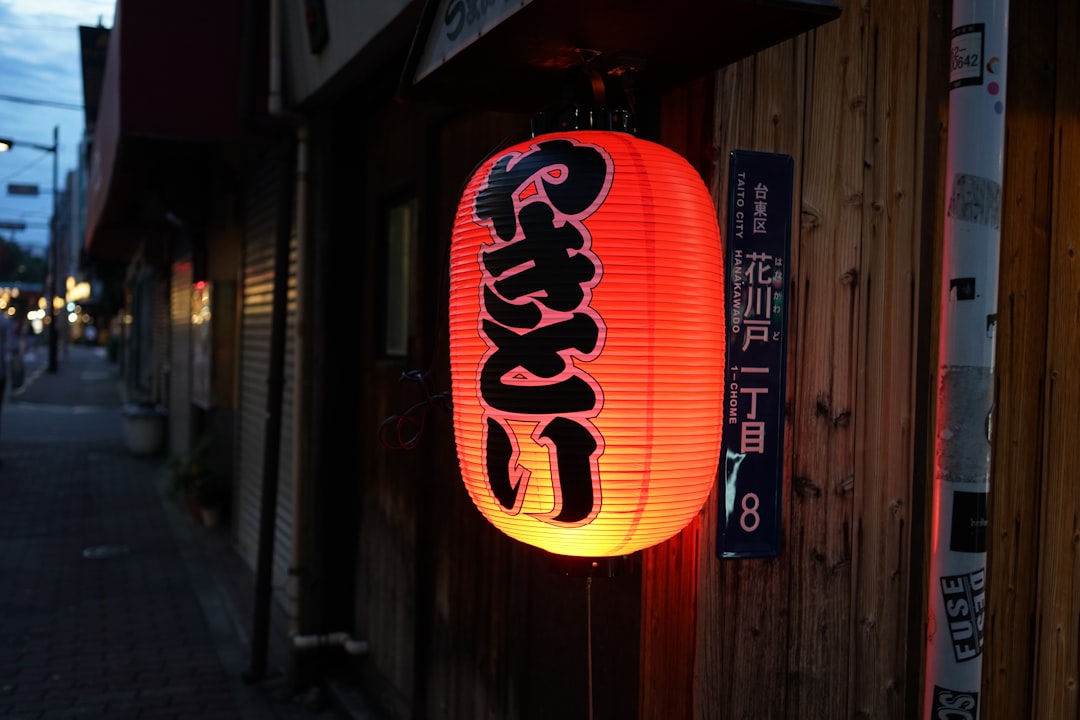
The right QR format depends on the action you want the guest to take and the data you need to collect. Japanese restaurants typically benefit from a mix of formats that support discovery, ordering, payment, and loyalty. The key is to use dynamic codes for trackability and future flexibility rather than disjointed, static experiences. See Sona QR’s industry hub for vertical tips.
Combining multiple formats across the venue creates a cohesive digital journey. A guest may scan to browse the menu, add an item to their cart, pay at the table, and then leave feedback within minutes. Centralizing these touchpoints through Sona QR keeps all engagement linked to the same guest journey for accurate analysis.
Dynamic codes are strongly recommended for menus, specials, and campaigns that change frequently. Static codes can work for evergreen assets like a PDF drink list or a permanent contact card, but they offer no analytics and cannot be updated after printing.
Growth comes from showing up at every moment of guest intent. That means placing QR codes where people already engage with your brand: at the table, at the counter, on the door, and even at home. Each placement should have a purpose, a clear benefit, and a way to measure results.
By treating every surface as a potential onramp to your digital experience, you avoid disjointed campaigns and create a single feedback loop where insights flow back to the team. Over time, you can compare scan-to-order rates by placement and reallocate attention to the highest performers.
With rigorous placement and testing, these touchpoints work together rather than in isolation. The result is a connected customer journey that surfaces interest in real time and translates it into measurable actions.
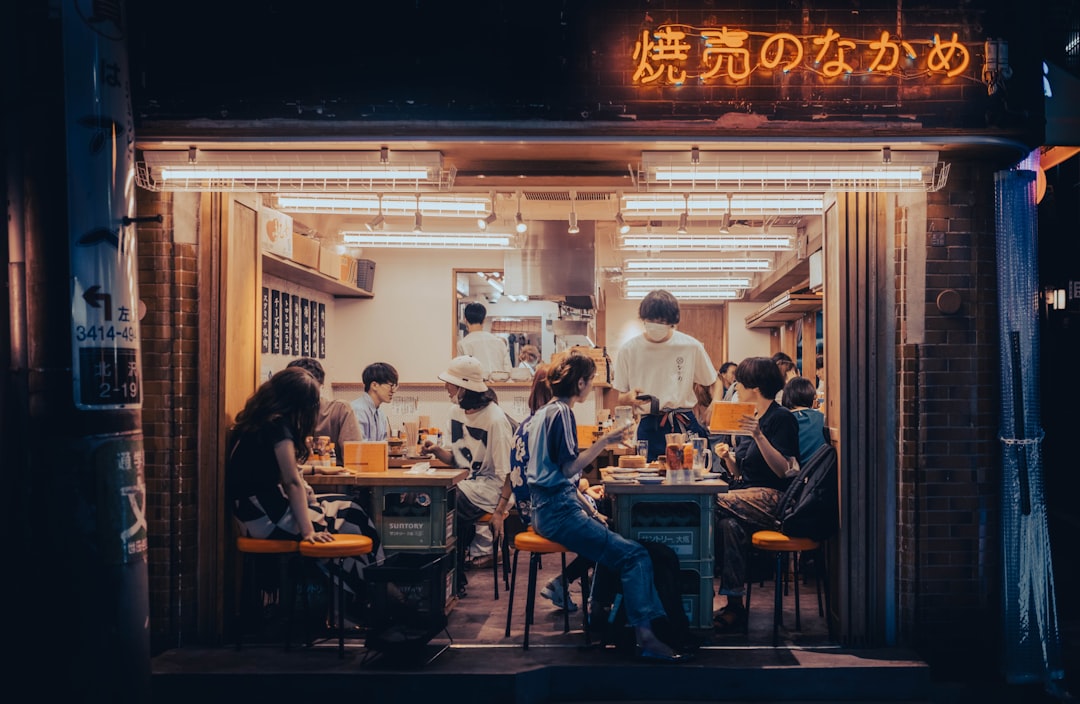
Done well, QR codes do more than replace paper. They create a seamless experience that encourages exploration, supports informed choices, and fosters loyalty. Three high-impact use cases stand out across Japanese dining formats, from fast-casual to fine dining.
Start with use cases that align with your primary bottlenecks, then expand strategically. If staff capacity is tight, prioritize tableside ordering and digital payments. If marketing is the focus, lead with event RSVPs, chef stories, and loyalty enrollment.
These use cases move beyond point-of-sale, enriching your understanding of where guests spend time and what they value. Layer on post-meal surveys, loyalty prompts, and recipe content to increase repeat visits and deepen the relationship.
Every QR scan provides context: what a guest viewed, when they visited, and which offers caught their eye. Without a plan to capture and segment this data, valuable signals go unused and marketing devolves into broad, generic messages. A thoughtful tagging strategy turns scans into high-value audiences in your CRM or ad platforms.
Start by assigning a unique QR code to each context: dine-in menus, takeout inserts, window promotions, event tastings, and receipts. Then, label each scan with metadata such as time of day, table number, or content type. This lets you build audience definitions that match real behavior instead of assumptions.
Sona can enhance identity resolution for returning diners. Intent-Driven Retargeting: Driving High-Impact Campaigns with First-Party Intent Signals outlines how to turn these segments into impact.
Sona QR can automate much of this process, linking scans to profiles and activating campaigns instantly. The payoff is a growing base of known diners who receive communications that reflect what they actually want.
Disconnected campaigns frustrate guests and blur performance insights. QR codes serve as a connective layer across print, in-venue signage, events, and even digital screens, ensuring consistent messaging and trackable actions. By stitching together these channels, you give guests a path that feels coherent and you build a dataset that guides smarter decisions.
Focus on a few core channels at first, learn which placements drive action, then expand. For Japanese restaurants, tabletop displays, takeout collateral, and window signage often provide the highest initial impact. From there, add direct mail for neighborhood outreach and digital out-of-home for event promotions.
A centralized analytics layer like Sona QR unifies these touchpoints, revealing which creative, placement, and offers perform best. Operators can then reallocate budget quickly before resources are wasted on low-impact assets.
A strong QR rollout is more than printing and placing codes. It is a repeatable process that starts with clear goals, aligns code types to use cases, and bakes in measurement from day one. Treat this as an ongoing optimization loop rather than a one-time deployment.
Begin small with a focused pilot such as tableside ordering at lunch. Validate improvements in order time, check size, and staff workload. Once the playbook works, scale to other dayparts, add promotional codes for specials, and build out loyalty flows from scans on receipts or takeout packaging.
Define the business outcome you want first. Are you trying to shorten order time, fill seats at off-peak hours, increase add-on sales of sake and desserts, or capture more reviews after the meal? Clear objectives guide better code design and placement.
Map your primary pain points to a single high-leverage use case. For example, if servers are overwhelmed during dinner, roll out tableside ordering with a streamlined digital menu. If repeat visits are low, prioritize loyalty enrollment prompts on receipts and takeout inserts.
Select the right code for the expected behavior. For menus, a dynamic web link is best so you can change items, prices, and specials without reprinting. For staff contacts or private dining inquiries, a vCard or pre-filled SMS code can remove friction and boost response.
In general, choose dynamic codes when you want trackability, editing flexibility, and campaign optimization. Static codes work for evergreen PDFs or permanent instructions, but they limit your ability to learn and improve.
Design the visual container around the code with clarity in mind. Include a benefit-driven call to action such as “Scan to order,” “Scan for chef’s specials,” or “Scan for Wi‑Fi and a free dessert offer.” Use brand colors, a readable frame, and a size that matches the distance at which guests will scan.
Test scannability on multiple devices, in different lighting conditions, and at typical seating angles. Run a small A/B test comparing headlines or icons. If scan rates are low, adjust size, contrast, or placement until engagement improves. Start creating QR codes for free.
Roll out your first set of codes in a limited set of high-traffic placements such as tabletops, counters, and entry signage. Pair each code with a unique domain parameter so you can compare performance across locations and time slots.
Expand carefully to takeout packaging, receipts, and event pop-ups once you know which messages resonate. Maintain consistent design and messaging to build familiarity and avoid confusing guests with competing CTAs.
Monitor scan volume, menu views, order submissions, and payment completion. Tie each scan to a tangible outcome such as add-to-cart rate, average check size, or time to first order. Use a platform like Sona QR to attribute revenue to touchpoints, identify drop-off points, and unify results across channels.
Iterate weekly. Update menu organization based on dwell time and conversions, refine specials based on clickthrough and sales, and shift QR placements away from underperforming spots. Over time, these small improvements compound into significant revenue and efficiency gains.
Incomplete or siloed analytics make it hard to know which campaigns work and why certain guests never return. Modern QR platforms address this by linking offline scans to on-site behavior, orders, payments, and follow-up actions, creating a measurable chain from first touch to revenue.
The most effective approach is to standardize data capture across every code. Use consistent naming conventions, UTM parameters, and campaign tags so you can compare results by placement, creative, daypart, and audience segment. Then, sync insights to your CRM and ad platforms for timely follow-up. Single vs Multi-Touch Attribution Models can help you choose the right framework for analysis.
Sona QR captures real-world engagement and centralizes performance data in an accessible dashboard. Sona.com takes the next step by connecting scans to known profiles, powering multi-touch attribution, and revealing how QR interactions contribute to pipeline and closed revenue.
Maximizing ROI is a function of relevance, clarity, and follow-through. Each scan should be rewarded with a frictionless experience and a clear next step. Consistent measurement ensures you double down on what works and retire what does not.
Training front-of-house staff is essential. Guests respond better when a host or server introduces QR ordering as a convenience that complements attentive service. This reinforces omotenashi while nudging guests toward self-serve actions that free up staff time and it helps address perceived trade-offs.
Modern tools like Sona QR make these tactics accessible for independent operators and groups alike, supporting the consistency and insight needed to turn scans into growth.
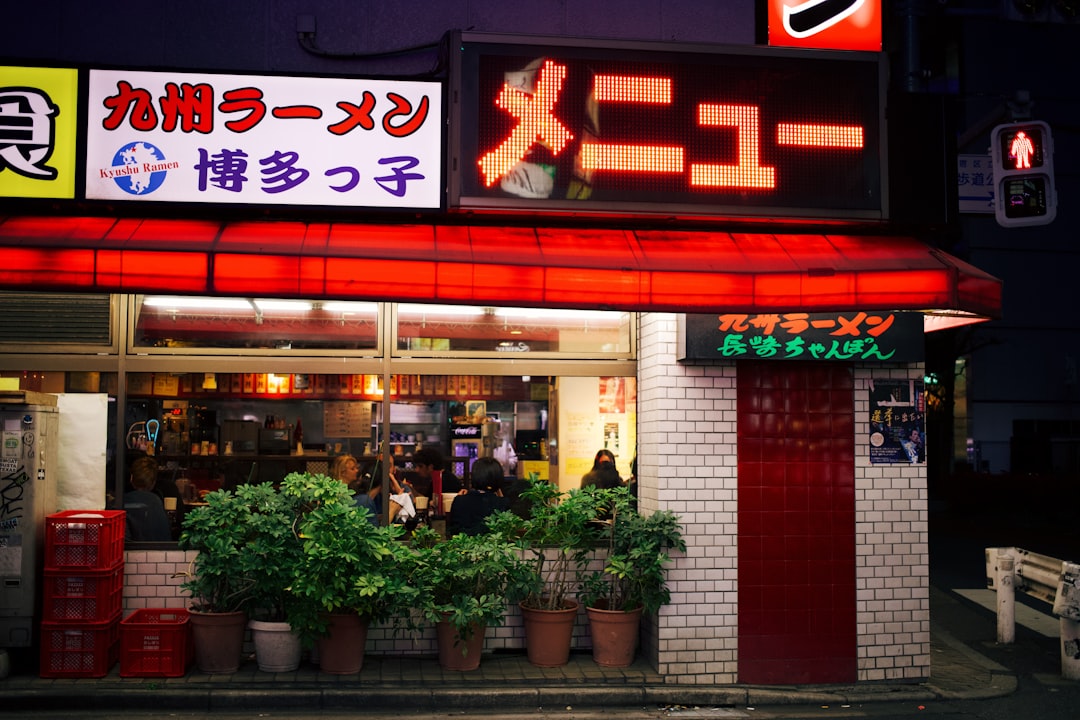
Real-world deployments demonstrate how QR codes elevate both guest experience and operational results. The strongest programs combine immediate utility with storytelling, helping diners appreciate the craft while giving teams actionable data.
Even small pilots can be transformative. A single code on the bar counter that reveals a rotating list of small plates can boost attachments and reduce idle time, while the data stream informs future menu design and staffing.
These examples show that the path to success is not one-size-fits-all. The best programs fit the brand’s personality, respect the dining ritual, and rely on consistent measurement to guide improvements.
Design and placement choices can make or break engagement. Codes that blend into cluttered visuals, sit in dim corners, or lack a clear benefit will underperform. To avoid these pitfalls, treat QR elements as part of the decor and the service script, not as an afterthought and avoid customer backlash.
Regular reviews of analytics keep the program healthy. Scan rates that drop suddenly or sections of the digital menu that show high bounce often reflect a solvable design issue. Build a cadence to inspect data and act before small problems become chronic.
QR codes work best when woven into the overall experience. When designed with intention and measured consistently, they become a durable lever for efficiency, satisfaction, and growth.
QR codes are redefining dining for Japanese restaurants by addressing challenges ranging from missing high-value guests to lacking actionable insight into purchase intent. Integrated thoughtfully, these tools ensure no prospect goes unidentified and every engagement can be measured for impact. They give guests immediate access to what they need, help staff stay focused on the moments that matter, and produce data that informs better decisions.
By unlocking instant menu access, deeper storytelling, improved service velocity, and actionable insights, Japanese restaurants can craft exceptional experiences while building a foundation for long-term, data-driven success. Platforms like Sona QR and Sona.com make it possible to connect offline curiosity to online action, unify campaigns across channels, and optimize every touchpoint for growth, turning each scan into a step toward stronger relationships and better business outcomes.
QR codes have revolutionized Japanese restaurants by transforming traditional ordering into a seamless, efficient experience that speeds up service and enhances customer satisfaction. Beyond simplifying orders, QR codes help attract new diners, personalize interactions, and streamline operations—all while capturing valuable data to optimize your restaurant’s performance. Imagine your guests effortlessly browsing menus, customizing orders, and paying—all from their smartphones—freeing staff to focus on delivering exceptional hospitality.
With Sona QR, you can create dynamic, trackable QR codes tailored for Japanese restaurants that update instantly without reprinting. Monitor which menu items are most popular, adjust campaigns on the fly, and connect every scan directly to increased revenue and guest loyalty. No missed opportunities, just smarter, faster service that keeps customers coming back.
Start for free with Sona QR today and turn every scan into a faster order, a happier guest, and a thriving Japanese dining experience.
QR codes provide instant access to digital menus, ordering, and payment systems by linking guests' mobile devices to interactive content without the need for apps or physical menus.
QR codes accelerate ordering and payment, reduce wait times, minimize order errors, enable dynamic menu updates, support targeted promotions, and enhance customer satisfaction while preserving hospitality traditions.
QR codes have improved customer satisfaction by speeding up service, providing detailed menu information, enabling seamless ordering and payment, and allowing personalized interactions based on guest data.
Challenges include low visibility or poor placement of codes, unclear calls to action, scanning difficulties in dim lighting or awkward angles, and potential perceptions that QR ordering reduces personal service.
By deploying dynamic QR codes for menus, tableside ordering, and payments, tracking engagement metrics, placing codes strategically, training staff to introduce QR usage, and continuously analyzing data to optimize workflows.
Use Sona QR's trackable codes to improve customer acquisition and engagement today.
Create Your FREE Trackable QR Code in SecondsJoin results-focused teams combining Sona Platform automation with advanced Google Ads strategies to scale lead generation

Connect your existing CRM

Free Account Enrichment

No setup fees
No commitment required

Free consultation

Get a custom Google Ads roadmap for your business






Launch campaigns that generate qualified leads in 30 days or less.
